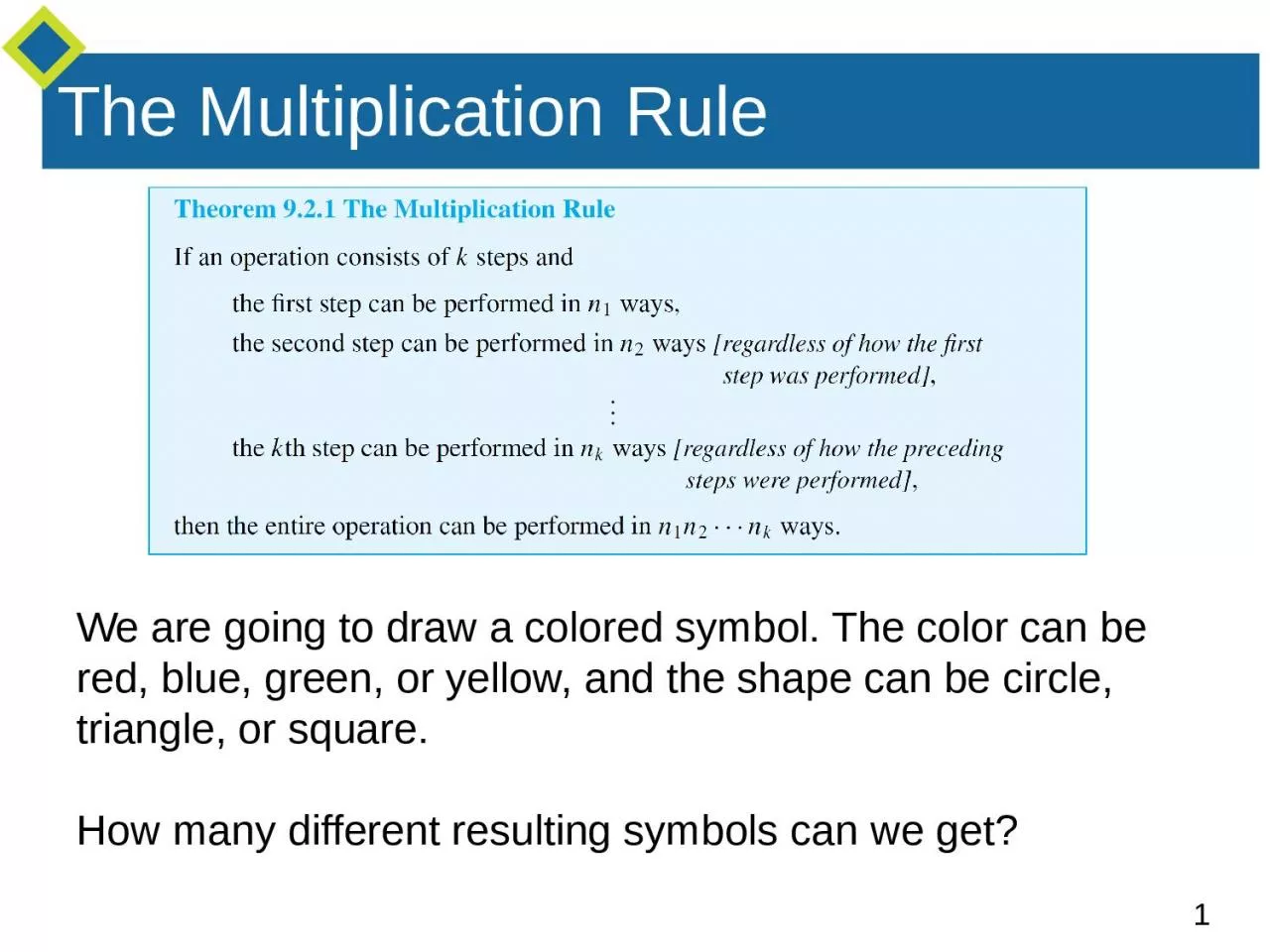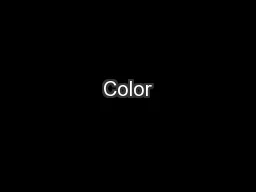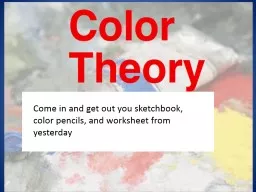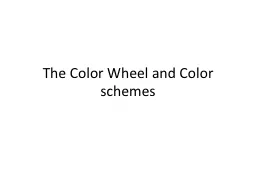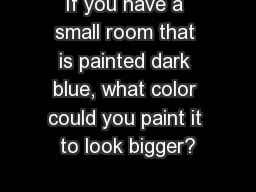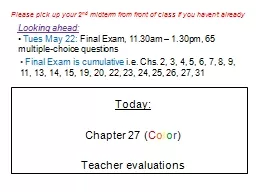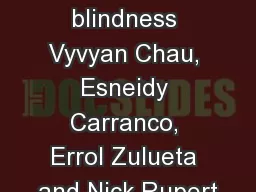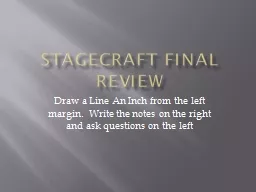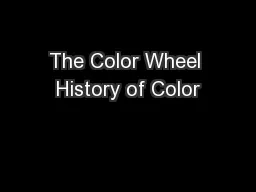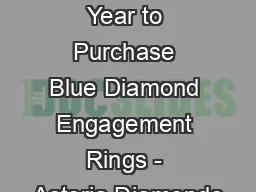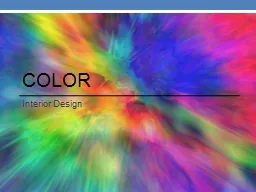PPT-We are going to draw a colored symbol. The color can be red, blue, green, or yellow, and
Author : caitlin | Published Date : 2023-11-05
How many different resulting symbols can we get The Multiplication Rule We generate a positive integer with each digit in the set 1234 How many different 3digit
Presentation Embed Code
Download Presentation
Download Presentation The PPT/PDF document "We are going to draw a colored symbol. T..." is the property of its rightful owner. Permission is granted to download and print the materials on this website for personal, non-commercial use only, and to display it on your personal computer provided you do not modify the materials and that you retain all copyright notices contained in the materials. By downloading content from our website, you accept the terms of this agreement.
We are going to draw a colored symbol. The color can be red, blue, green, or yellow, and: Transcript
Download Rules Of Document
"We are going to draw a colored symbol. The color can be red, blue, green, or yellow, and"The content belongs to its owner. You may download and print it for personal use, without modification, and keep all copyright notices. By downloading, you agree to these terms.
Related Documents

